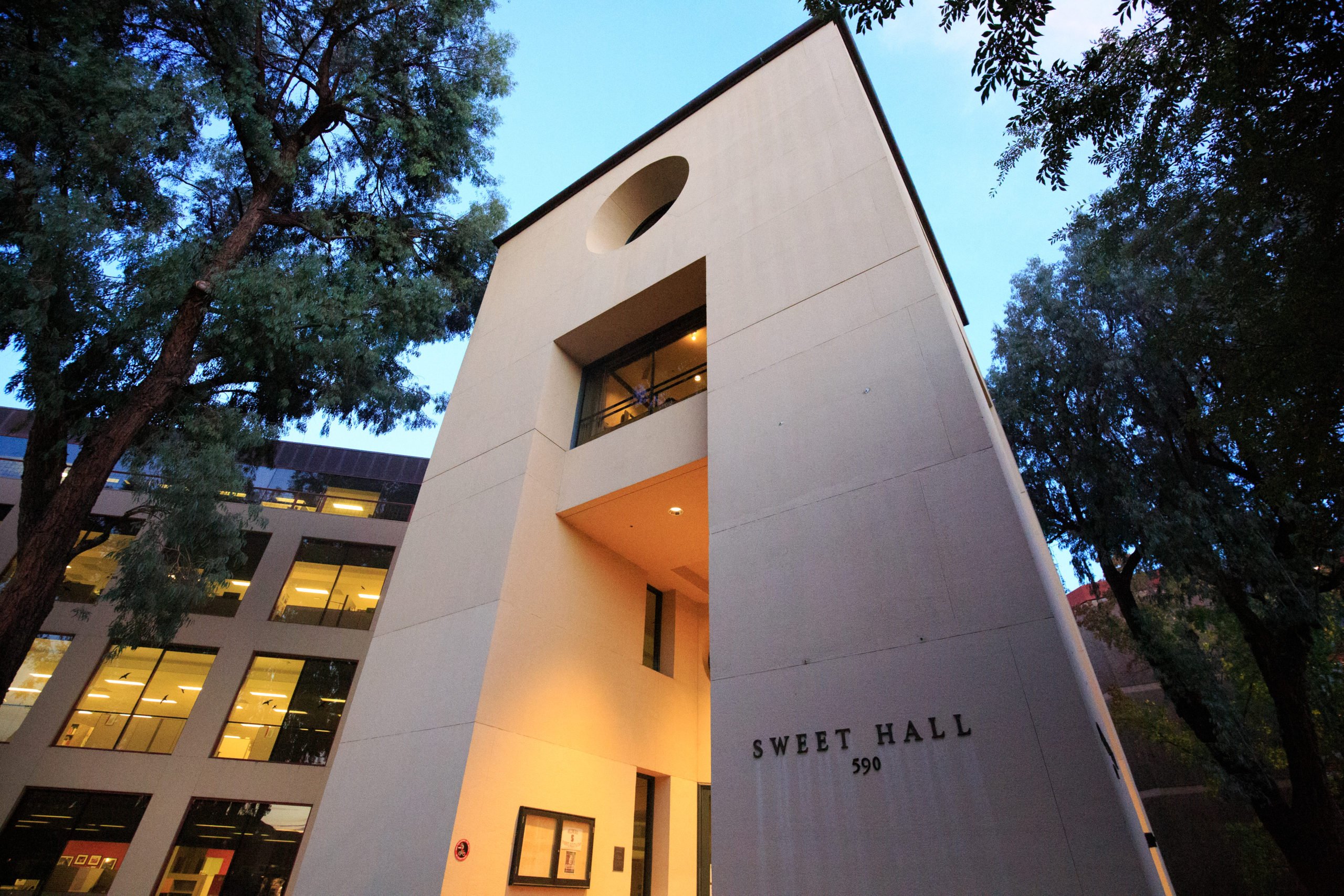After 18 months of remote academic advising, Stanford academic advisors are holding in-person meetings with students again. However, the continued convenience of Zoom has rendered it the more popular mode of advising.
Currently, advisors work in their offices on campus at least three days a week and offer a minimum of three in-person appointments per day, said Dean of Academic Advising and Associate Vice Provost for Undergraduate Education Louis Newman.
Though students now have the option to sign up for in-person appointments, they are still largely opting for virtual meetings. Out of the 2,560 advising appointments held within the first three weeks of the quarter, only 294, around 10%, were in-person meetings. Newman said this was fewer than the actual number of available in-person slots.
“Many students are actually happy that they still have virtual appointments available,” Newman said. “It’s the convenience of just being able to log in, have a quick conversation with an advisor and not have to move and go anywhere.”
For Monica Tsien ’22, the transition to Zoom during the pandemic did not drastically affect the efficacy or productivity of her advising appointments. Tsien virtually met with her advisor, Melissa Stevenson ’96, twice last year. Having experienced in-person advising before the switch to Zoom, Tsien said that remote advising ran smoothly and was similar to the in-person process.
“My advisor ran drop-in office hours on Zoom where you could line up in the waiting room, just like her in-person drop-in hours where you could wait outside the door,” Tsien said. She added that Stevenson also sent out weekly digests and made herself very approachable to students.
While many students have had positive experiences with virtual advising, privacy concerns remain an issue. Students who live with roommates, for example, may not want to talk about certain topics with their advisor if they are doing the meeting from their room, according to Newman. Alternatively, “if they meet with someone in person, they might feel more inclined to have a longer conversation to delve into more issues with an advisor than they would online,” Newman said.
Another benefit of in-person advising is the ability of advisors to form deeper connections with students through face-to-face interaction, Newman added.
“The conversations are sometimes a little more open-ended, and sort of expansive, because there’s just an interpersonal energy when you’re sitting across the table from a student,” he said.
Cary Xiao ’25 noticed this energy shift when he met with his advisor, Cari Costanzo Ph.D. ’05, in-person for the first time in September. After attending virtual advising sessions with Costanzo over the summer, Xiao said there were many perks of meeting without a screen between them.
“Being able to meet with her one-on-one makes me feel like I can rely on her more,” he said.
Still, some advisors feel that having to wear a mask during in-person meetings limits their ability to connect with their students because “you can’t read a person’s facial expressions through a mask,” Newman said. This makes it increasingly difficult to establish a personal connection, which is crucial in cultivating lasting relationships between students and advisors, especially for advisors meeting with students for the first time, Newman added.
While students also create relationships with their professors and other faculty and staff, academic advisors can get to know students better because they “often have long-standing relationships with students,” Newman said.
Fortunately, the return to in-person advising allows for the continued development of these relationships, and remote advising provides a convenient alternative. Considering the enduring success and popularity of Zoom, this hybrid model of advising will likely continue for the foreseeable future.
“I don’t see virtual advising going away, and certainly in-person advising is not going away,” Newman said.
